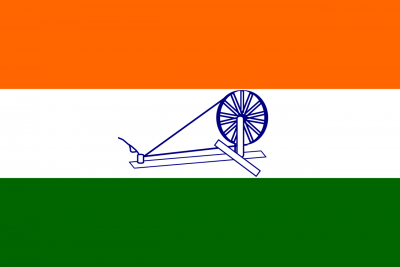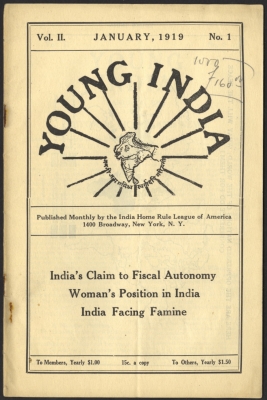Why is it said that the mass civil disobedience movement spread like fire across India?

Civil Disobedience spread like fire all around India. The new visible spirit strengthened the minds of millions of Indians. Members of the public dared to make salt by themselves by breaking the Salt Law of the British.
Salt was sold illegally all over the coastal regions of India. About eighty thousand people were arrested in response to the aggressive violation of the Salt Law by the end of the month.
The Civil Disobedience had its beginning in Salt Satyagraha. It grew into mass Satyagraha later. This movement included actions like boycotting British clothes and goods.
Peasants refused to pay taxes at the cost of losing their crops and land. The British used every means to suppress all forms of rebellion against the government and even declared the Congress and its associate organizations as unlawful.
None of these measures weakened the Movement. On the other hand, the British government was shaken by Satyagraha. The non-violent activism of Gandhiji left the British confused whether or not to arrest him.

















